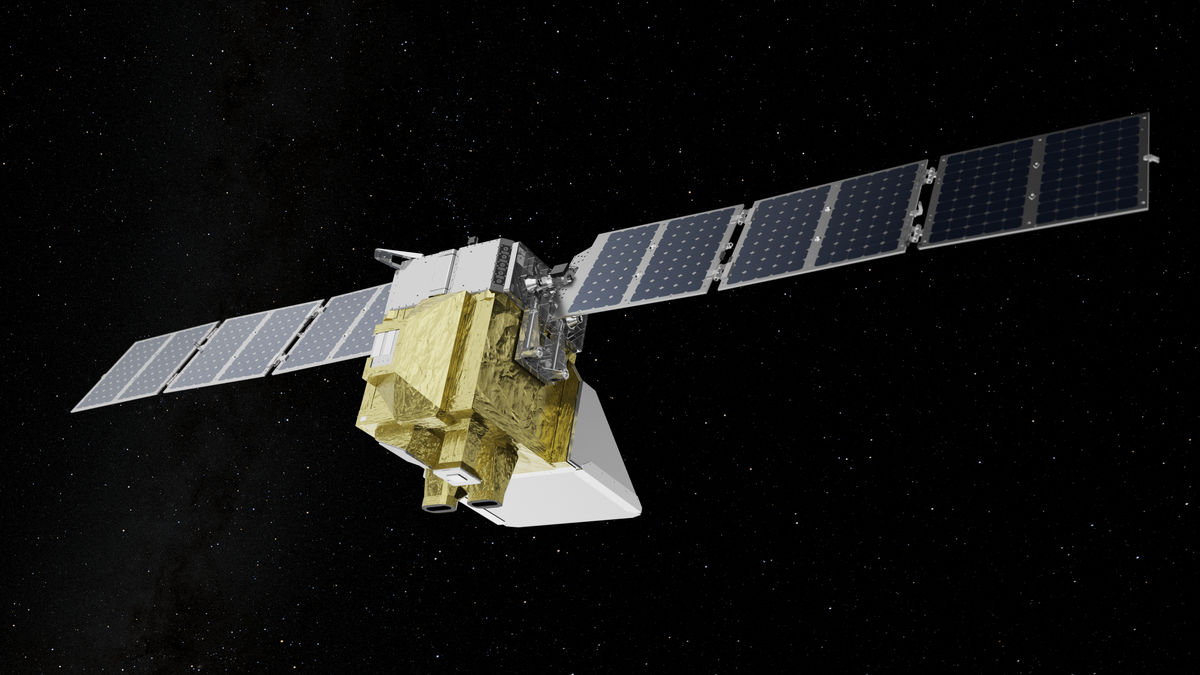Earlier this week, a new satellite launched to track methane as it emanates from oil and gas fields across the world, hoping to expose major producers of the greenhouse pollutant and hold them accountable for their commitment to lower emissions.
Prime Day Ain’t That ‘Green’
MethaneSAT launched on board a SpaceX Falcon 9 rocket on Monday as part of the Transporter-10 rideshare mission, along with 52 other payloads. The emissions monitor is designed to detect methane from 300 targets worldwide, which account for 80% of global oil and gas production in places like Texas, Nigeria, and Russia.
Developed by global non-profit Environmental Defense Fund, in partnership with the New Zealand Space Agency, MethaneSAT aims to identify large emitters in a way that other satellites haven’t been able to. It’s relatively easy to measure the amount of methane in the atmosphere, but it’s harder to pinpoint exactly where it’s coming from.
As it orbits Earth 15 times a day, MethaneSAT will measure changes in methane concentrations as small as three parts per billion, identifying the source of where the greenhouse gas is coming from and the rate at which it is changing. The satellite has a higher resolution than most commercial satellites orbiting Earth, so it’s able to scan across large landscapes while being able to monitor small leaks with extreme precision.
One of the best parts about the orbiter is that its data will be made available to the public through the MethaneSAT website, which will offer an interactive emissions map to keep track of the biggest polluters from the oil and gas industry. “Data from this satellite will help us to better measure methane emissions and target their sources, bringing more transparency to the problem, giving companies and investors the information they need to take action, and empowering the public to hold people accountable,” Michael Bloomberg, United Nations Secretary-General’s Special Envoy on Climate Ambition and Solutions, said in an emailed statement.
Methane is the second largest contributor to climate warming, and scientists estimate that it is responsible for 20% to 30% of global heating. Coal, oil, and gas industry is responsible for around 40 million metric tons of emissions and nearly 5 million metric tons of leaks from end-use equipment, according to International Energy Agency.
In December 2023, the U.S. Administration announced its decision to reduce the amount of methane emitted by oil and gas producers by implementing new regulations that set tighter limits on emissions. Reducing methane emissions in the industry is actually not difficult; studies have shown that using leak detection or upgrading leak equipment can reduce over 75% of methane emissions in the industry. The industry, however, is not known for its transparency, and data on methane emissions have not always been accurate or publicly available.
“Methane emissions have been overlooked and hard to detect for far too long,” Kelly Levin, chief of Science, Data and Systems Change at the Bezos Earth Fund, said in an emailed statement. “MethaneSAT changes the equation, putting science and data front and center. From the sky, it can see what others can’t, helping good actors and holding bad actors accountable.”
For more spaceflight in your life, follow us on X (formerly Twitter) and bookmark Gizmodo’s dedicated Spaceflight page.
